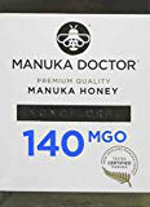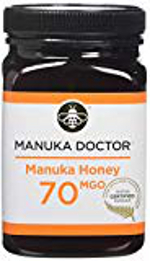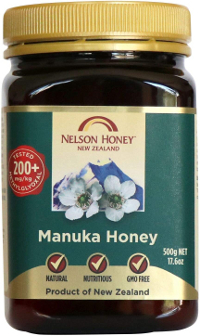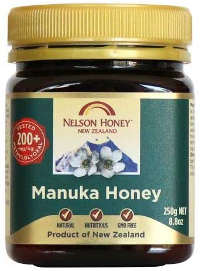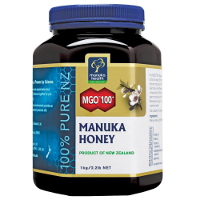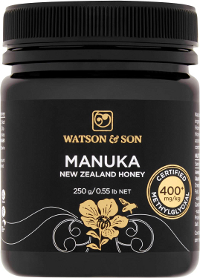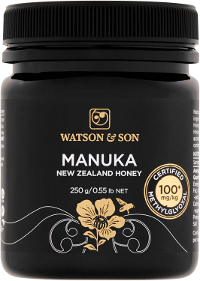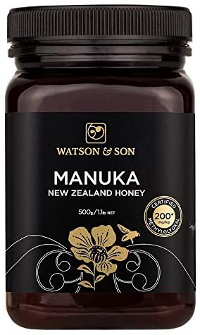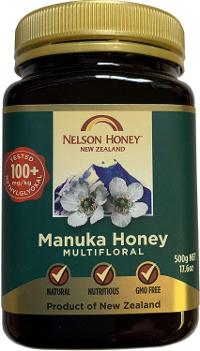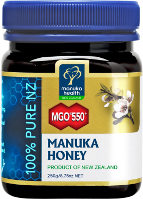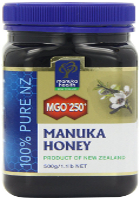Description
Manuka Doctor Manuka Honey is one of the most-recognized brands in the UK although the company in fact has its origins in New Zealand.
The company is proud of its 100% natural product and of course the billions of bees that work for it.
Manuka honey is no ordinary honey
Manuka honey has hit the headlines over the past few years due to its well-documented unusual antimicrobial properties, and it has become a hit with celebrities among the sports world as well as from film and TV.
It is useful to understand a little about the grading system if you are interested in manuka honey.
Basically, when those busy bees collect pollen and nectar, they collect it from the flower of the manuka tree.
Monofloral honey
The first thing to look out for is whether the manuka honey is considered a monofloral manuka honey or a multifloral honey.
In simple terms, a monofloral honey is more pure and the bees will mainly have foraged for nectar and pollen from flowers of the manuka tree, whereas a multifloral honey means that the bees may have visited other flower sources.
Labelling guidelines
There are precise tests to find out whether a manuka honey may be considered a monofloral or a multifloral honey.
The honey must be tested by an independent laboratory in accordance with strict and fairly technical guidelines, and these are in place to protect consumers.
The second thing to look out for is the number or level of MGO, which for this honey is 140. This is the all-important number that indicates the purity of the manuka honey.
MGO – manuka honey’s secret
MGO stands for methylglyoxal and this is something that is produced naturally by the bees when they make the honey, and it is this MGO that makes manuka honey so special.
The higher the level of MGO, the purer the honey and the stronger its antimicrobial properties.
Children below the age of one are advised not to consume honey.

